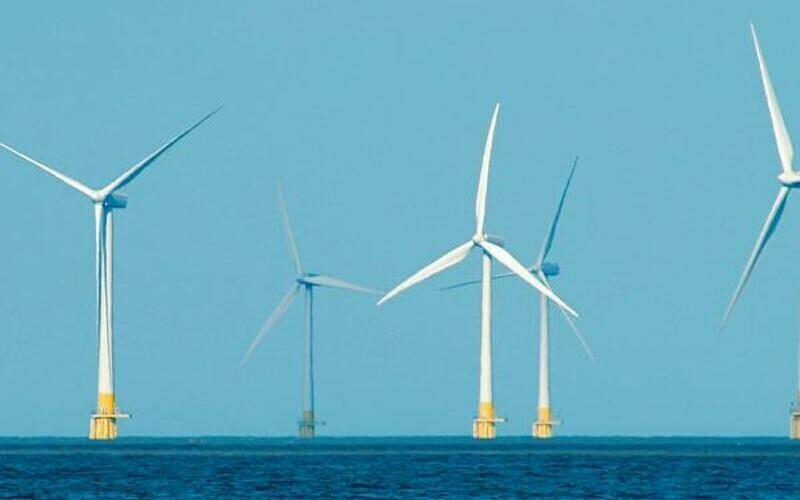The problems derailing various East Coast offshore wind developments because of inflation, supply chain issues, and the rising cost of capital, are reflected in the recent Gulf of Mexico wind lease sale. The Biden administration talked up this first sale in the Gulf, but the results were a resounding dud!
The government offered three offshore wind leases for bid Tuesday — one off Lake Charles, La., and two off Galveston, Texas. Only the Louisiana lease was contested with two bids received.
Germany’s RWE Renewables won the 102,480-acre lease by paying $5.6 million. That works out to $54.65 per acre, well below the bounty the government collected from its last sale in the New York Bight area. That 2022 sale raised nearly 800 times more money ($4.37 billion) in a 64-round bidding contest than the Gulf sale. The average price per acre paid was 160 times the Louisiana sale.
In reviewing our offshore wind sale records, the Gulf outcome is more comparable to the 2013 sale result for the two leases off Massachusetts than any other sale. In that sale, 164,000 acres were leased for $3.8 million, or $23 per acre. The price paid per megawatt of potential offshore wind power was nearly $30,000/MW, 11 times the price for the Louisiana lease.
BOEM Director Elizabeth Klein applauded the sale. “Today’s lease sale represents an important milestone for the Gulf of Mexico region — and for our nation — to transition to a clean energy future,” she said.
A more sobering view was offered by Mona Dajani, global head of renewables, energy and infrastructure at law firm Shearman and Sterling. “This first-ever Gulf offshore wind auction was viewed as a big deal, a potential game changer. Those of us hoping to see a real offshore wind boom in the Gulf may have to wait.”
And maybe wait for a long time. Why? Estimated Gulf wind speeds are lower than on the East or West Coasts. The Gulf’s gumbo seafloor will inflate the cost of installing wind turbines. Then there are hurricanes, something Europe wind turbines do not experience, so we have no experience with how they will stand up.
The reason for the Louisiana lease (2 GW of potential capacity) was that the state has a mandate for local utilities to buy five gigawatts of offshore wind power by 2035. Texas does not have such a mandate. The entire East Coast offshore wind industry is driven by state mandates. These mandates give monopoly power to offshore wind developers in selling their output — something no oil and gas company gains when it wins an offshore lease. They have to hope to find sufficient hydrocarbons to earn a profit on the development cost.
Will Louisiana utilities balk at the price for the offshore wind they must buy? This issue is what has the East Coast offshore wind industry in disarray as contracted power prices are insufficient for financing the projects. Estimates are the offshore Gulf power price may be twice the cost to power a natural gas plant, which is plentiful. Louisianans may be unhappy with rising electricity bills due to offshore wind.




